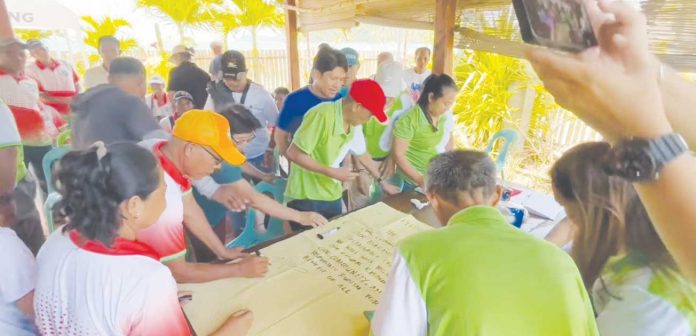
ILOILO – The provincial government is taking decisive steps to transform Pan de Azucar Island in Concepcion town into a premier eco-tourism destination, launching a series of grassroots consultations to address core issues threatening its viability.
Pan de Azucar, known for its iconic Mount Pan de Azucar (or Sugarloaf Mountain), is being eyed not only for its scenic value but also for its potential contribution to Iloilo’s inclusive economic growth through community-based tourism.
On May 5, the Provincial Culture, Arts, History and Tourism Office (PCAHTO) led a consultative meeting with the island’s village leaders from barangays Tambaliza, Talo-toan, and Macatunao — highlighting deficiencies in water and electricity supply, poor telecommunications, dilapidated roads, and the absence of structured tourism activities and tour circuits as major obstacles to development.
The initiative is part of Gov. Arthur Defensor Jr.’s “Turista sa Barangay” program, which seeks to position Iloilo’s rural areas as sustainable tourism hubs.
“We are very serious about this because this is the program of our governor. Governor Defensor sees the potential of the island as an eco-tourism destination,” said Provincial Tourism Officer Gilbert Marin during the meeting.
In addition to infrastructure woes, officials noted poor community support and weak enforcement of local tourism-related ordinances as pressing governance issues.
To address these, the provincial government committed to delivering infrastructure upgrades, strengthening local capacities, and building tourism-support facilities.
The meeting concluded with a symbolic commitment signing by barangay leaders and stakeholders, affirming their intention to craft a joint resolution supporting the island’s official declaration as an eco-tourism zone — set to be submitted to the Sangguniang Bayan of Concepcion.
This was the second consultation on the proposed development, following an earlier dialogue with stakeholders on April 15. A local assessment is also underway to evaluate the project’s economic, social, and environmental impact./PN





